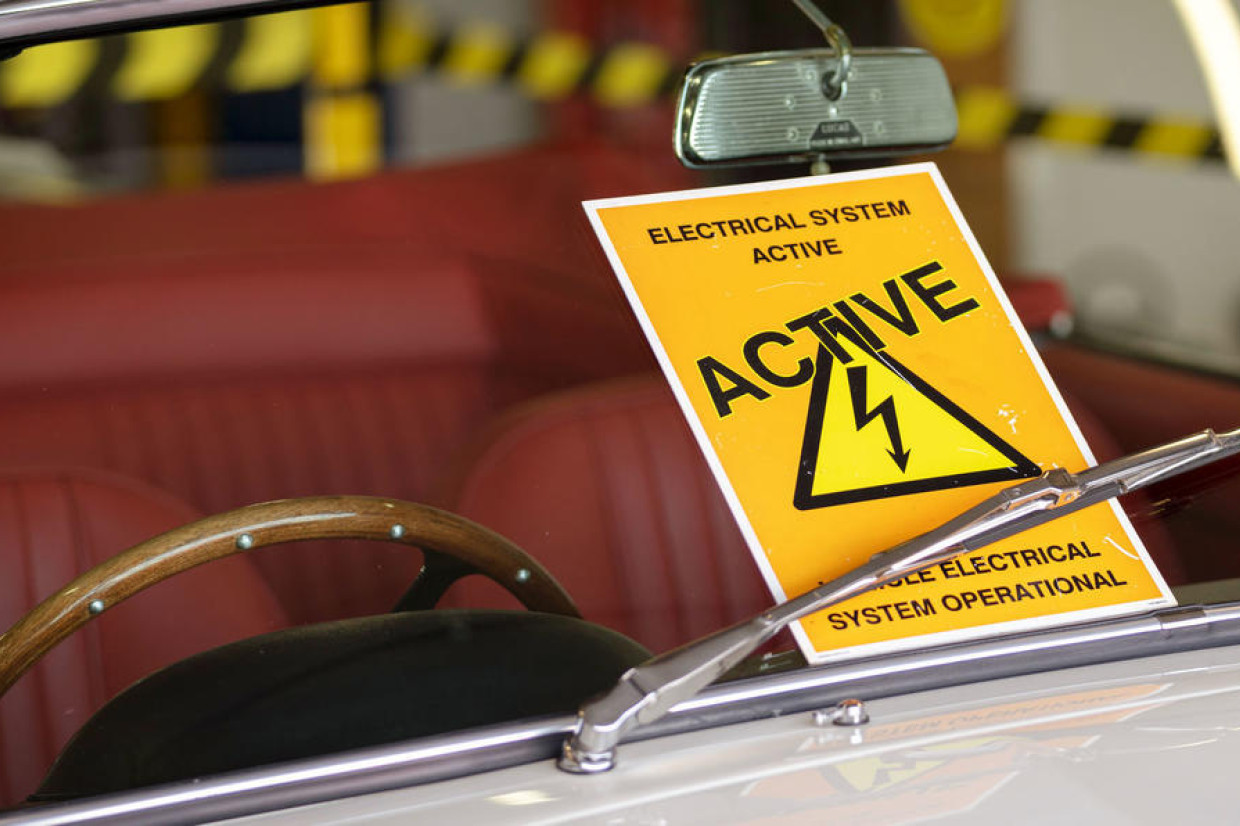
Since we're taught from a young age not to stick our fingers in an electrical socket, it's understandable that some people might be concerned about climbing into a powerful electric car and doing 70mph. Will it electrocute me in a crash? Will it explode in a ball of sparks? Will it, because of its weight, simply plough on, wiping out everything in its path?
Anyone familiar with the rigorous development programmes new cars must undergo and the tough safety standards they must attain, will know these questions have already been posed and answered, in the negative, by car makers. But still an aura of suspicion lingers over electric cars, as it does over any new technology.
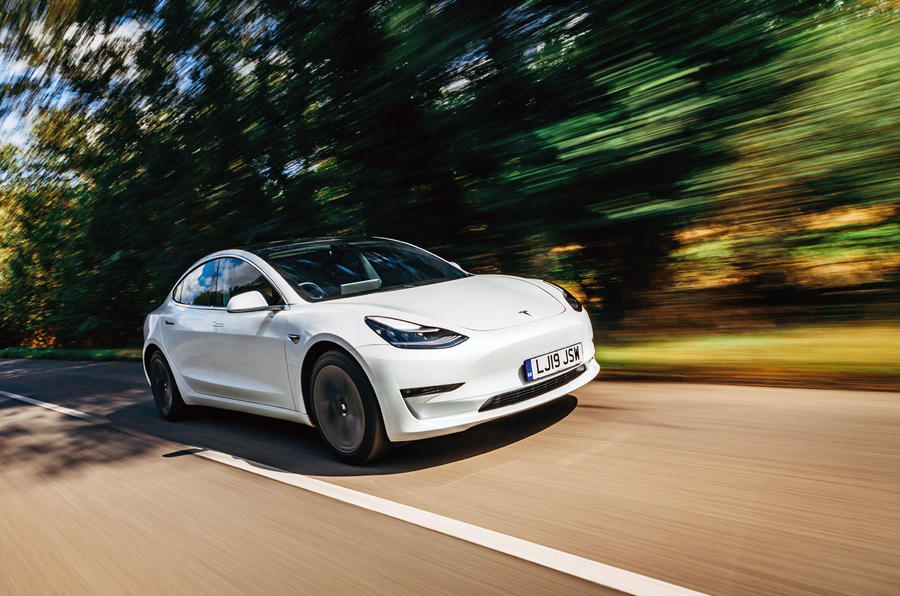
Here, Matthew Avery, director of research at Thatcham Research, the insurance industry body which, as an accredited Euro NCAP facility crash tests EVs, answers the most common EV safety questions.
Cut to the chase – are EVs as safe as other cars?
"Yes. We've crash tested almost every new EV and been impressed by their active (the way they avoid accidents) and passive (how they behave in an accident) safety performance.
"In fact, in keys ways EVs are safer than conventionally powered cars because thanks to the weight and location of the battery, they have a low centre of gravity that benefits their handling. For example, we see less 'spinning out' in an accident."
How efficient are electric cars?
Surely, without an engine, EV occupants are more vulnerable?
"In fact, an engine is a heavy, unyielding lump that transmits crash energy and can enter the occupant space. Not having one is a good thing because it enables the engineers to build safer, more progressively absorbent front-end structures. Incidentally, having no engine is good for vulnerable road users, too."
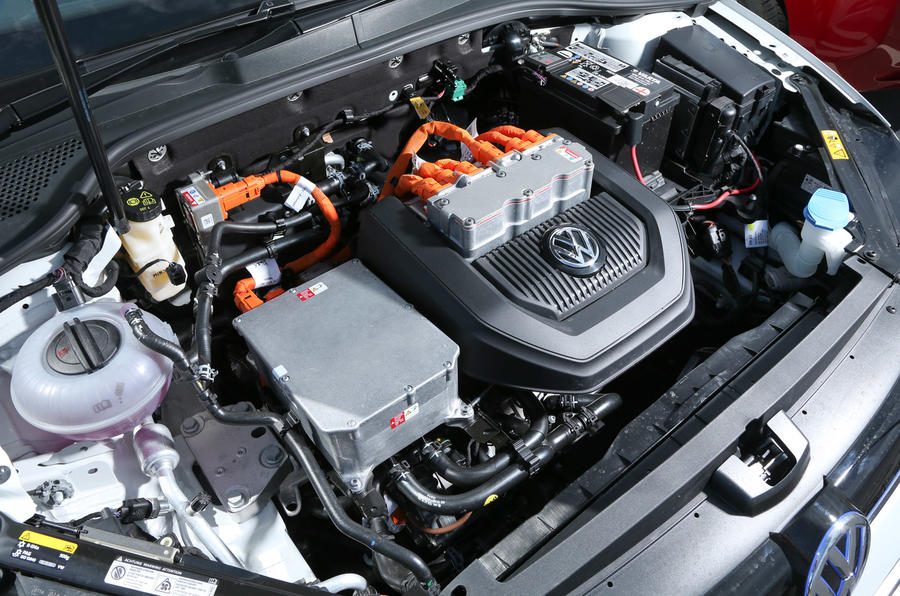
With its excessive weight, isn't an EV just like a battering ram?
"Mass is always on your side – a heavy car is always good. However, it's important that in a crash it doesn't simply crush other vehicles. We term such behaviour 'aggressivity' – when a heavy car smashes up another with little damage to itself.
"Instead, it should dissipate the crash energy within itself using absorbent and collapsible structures. Again, the absence of an engine allows engineers to design these in."
What about the battery – isn't that a big impact risk?
"We thought our toughest test, the pole test designed to replicate a car spinning side-on into a tree or telegraph pole, would expose shortcomings in battery protection but car makers protect them with armoured cases and we've seen no intrusion.
"However, manufacturers will insist a damaged case and its battery are replaced because of the risk of cell damage. The repair trade describes the battery as being the most expensive spare part in history and it's why EV insurance premiums are generally higher than for other cars."
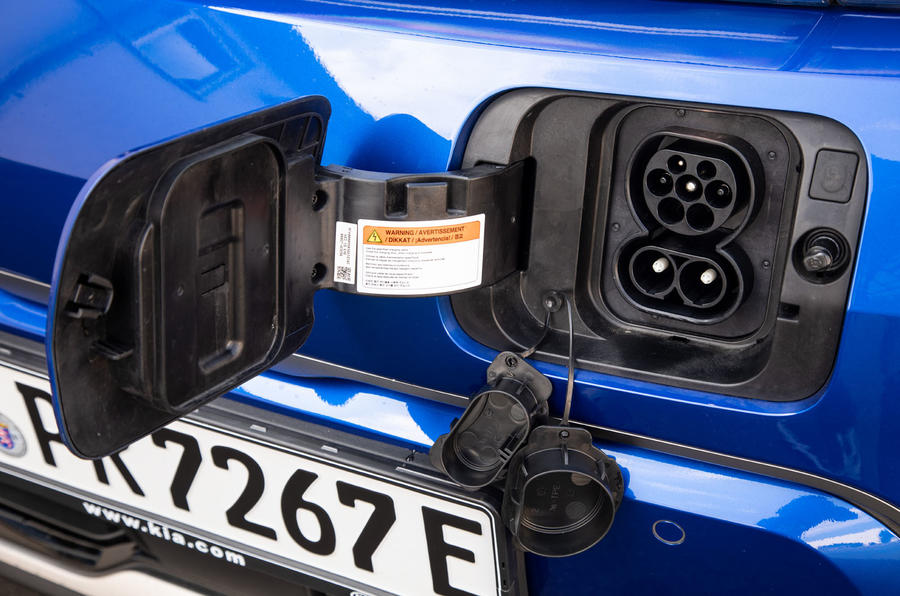
Much has been made of the Polestar's severe partial offset crash system (SPOCS). Why aren't all EVs fitted with it?
"This system uses deformable structures to prevent the car's front wheels striking the battery in a crash. It was developed in response to the higher incidence of what we call 'small overlap' crashes in the US where, in a crash, the car's front chassis rails don't engage and instead the front firewall takes the impact.
"Volvo, which owns Polestar, has used a version of SPOC in its cars for decades. It's a good feature but for some reason, here in Europe we don't see anything like the same incidence of small overlap crashes, so it's not considered a priority. Instead, we prefer to use ADAS to steer a car away from such accidents."
How does regenerative braking work?
Earlier you mentioned active safety – are EVs no better than conventional cars in this respect?
"In fact, often they're better. Most are clean-sheet designs with active safety built into them, rather than existing legacy vehicles. They use the latest electrical architectures that can talk to the best advanced driver-assistance systems (ADAS).
"They have things such as a domain controller that is a bit like a computer motherboard. It controls the ADAS systems and can be updated over the air."
But for all their tech and quality, still some EVs score four rather than the maximum five-star rating in Euro NCAP crash tests. Why?
"You're referring to models such as the Peugeot 208 and Vauxhall Mokka. Generally speaking, these have fewer ADAS systems than five-star cars and that's reflected in their lower purchase prices. Of course, we'd like manufacturers to fit every last piece of ADAS to their cars but recognise there's a cost implication.
"I'd rather be driving a recently tested four-star EV than a five-star one tested some years ago. What upsets us is when car makers actively reduce a model's safety, as Renault did when it deleted the centre airbag from the Zoe. As a result, we awarded the car no stars."
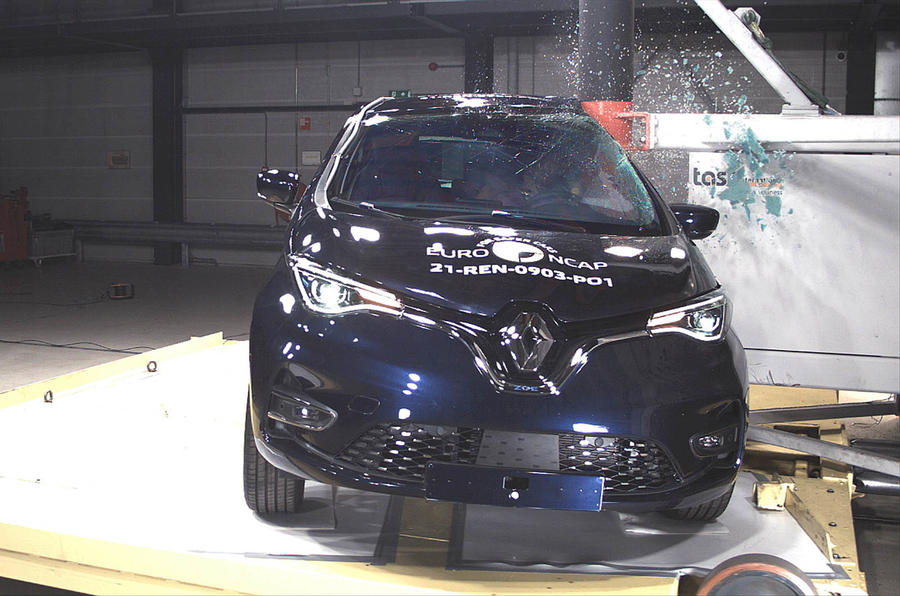
One of the UK's most popular EVs, the Tesla Model S, is no longer rated by Euro NCAP. Why?
"It was tested over six years ago, so its rating has expired. Every five years, we have a major change in our test protocols, meaning our older ratings are no longer reliable.
"I suspect that if we tested the old model again, we'd find it's a four-star rather than a five-star car. We have encouraged Tesla to resubmit the latest Model S for testing and I believe it plans to do so."
You don't actively seek to cause a battery fire in your crash tests. How confident, then, are you that EVs are safe in this respect?
"The accident data we receive tells us there are very few battery fires involving electric vehicles. Automatic power cut-offs, battery isolation systems, pyro fuses that sever cables and blades that do the same thing – all these help to reduce the incidence of battery fires following a collision.
"However, it's when they're involved in a fire that they can turn dangerous, with cells catching alight and causing what's called thermal runaway. This can be very difficult to extinguish."
So EVs are dangerous after all?
"Battery fires are more dangerous for those trying to put them out. After active and passive safety comes what we call 'tertiary safety' – dealing with the consequences of a crash. We expect car makers to provide detailed model data sheets explaining exactly what rescue services are dealing with and the location of cut lines so they know how to break in and free somebody quickly and confidently.
"Yes, we've seen battery fires after accidents but ironically, the battery case is so strong and impregnable that it has been impossible for the rescue services to determine the state of the battery. Car makers must consider ways to provide cell integrity and battery state information that rescuers can quickly refer to."
JOHN EVANS
READ MORE
Subscribe to the Move Electric newsletter
e-CARS
New Volkswagen ID Buzz: everything you need to know
How efficient are electric cars?
e-BIKES
Ducati expands e-bike range with first racing machine
e-MOTORBIKES
New Yamaha Neo is Europe-bound '50cc equivalent' electric moped
Electric Motion Epure Race e-motorbike review
e-SCOOTERS
Eskuta KS-450 e-scooter review
Taito unveils innovative new three-wheeled electric scooter
e-WORLD
Electric surfboard firm Awake aims to make waves with first e-foil
Volta Zero electric truck can 'dramatically improve' inner-city road safety

